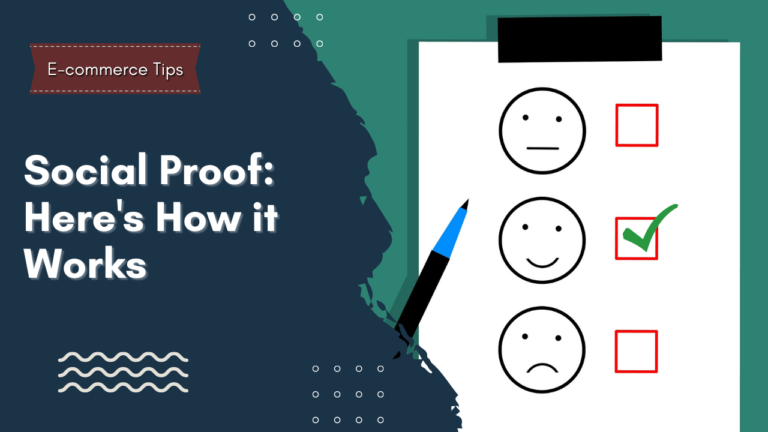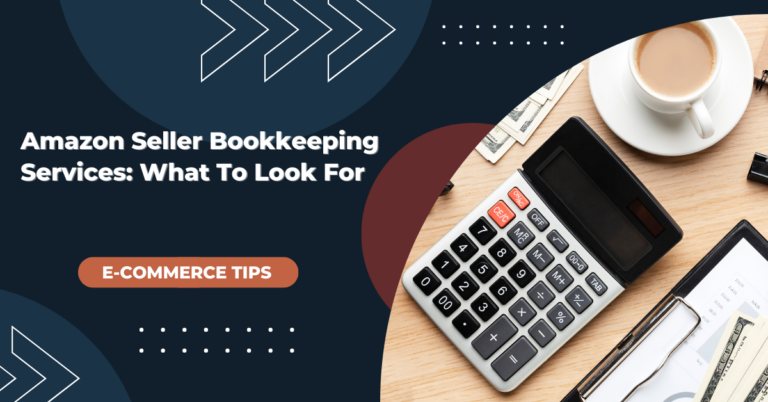Amazon Ranking Made Easy in 2025: How Product Testing Gives You the Competitive Edge
The following is a guest post from inteliRANK.
Launching a product on Amazon is an exciting yet highly competitive challenge.
With millions of products vying for attention, ensuring your product stands out requires a strategic approach. And a well-executed Product Testing Campaign can be the key to achieving higher rankings and driving consistent sales.
This guide provides a step-by-step approach to running an effective product testing campaign, offering practical examples and actionable insights to help you succeed on Amazon in 2025!
What Is a Product Testing Campaign?
An Amazon Product Testing Campaign involves distributing your product to a carefully selected group of testers who match your ideal target audience. These testers use the product and provide genuine feedback through surveys, helping you refine the product and boost your visibility.

How can this strategy help your rankings and the relationship between your business and customers:
- Identify and fix issues early: Before a full-scale launch, testers can help pinpoint design flaws, usability concerns, or missing features.
- Boost Amazon ranking: Sales activity and customer engagement play a role in Amazon’s ranking algorithm. Early traction increases visibility.
- Enhance marketing strategy: Insights from real users help refine product descriptions, ads, and overall branding.
- Prevent negative reviews: Testing allows you to address common pain points before customers leave bad reviews that could hurt conversions.
How Product Testing Helps Your Amazon Ranking
Amazon’s ranking algorithm is designed to prioritize products that generate strong engagement and sales. A successful Product Testing Campaign contributes directly to this by influencing several key ranking factors:

The more units sold within a short time frame, the better your ranking. Amazon favors products with consistent and growing sales, and product testing campaigns help generate those early sales by encouraging real users to purchase and try the product.

Amazon tracks product page visits, time spent on the listing, and interactions such as clicking on images, reading reviews, and watching videos.
A product that receives more traffic and engagement signals to Amazon that it's relevant and appealing to buyers, thus increasing its search ranking.

Although testers don’t leave reviews, they provide honest and valuable feedback through surveys, sharing their experiences with your product. This insight helps you identify areas for improvement and refine your product listing by highlighting its most compelling benefits.


If a high percentage of visitors click on your listing and complete a purchase, Amazon views your product as highly desirable. Product Testing Campaigns drive early traffic and sales, boosting CTR and CVR in the crucial initial launch period.

When customers purchase a product after searching for a specific keyword, Amazon recognizes that keyword as highly relevant to your product. By strategically using keywords in testing campaigns, you can accelerate organic ranking growth for high-value search terms.
Example: Suppose you're launching a portable camping lantern. A product testing campaign that encourages early testers to search using keywords like “best LED camping lantern” or “USB rechargeable outdoor light” helps to associate your product with those keywords in Amazon’s algorithm, improving its search visibility.
By boosting these essential factors, a well-executed Product Testing Campaign increases a product’s ranking, making it easier for potential customers to discover and purchase it.
The Step-by-Step Guide to Running a Product Testing Campaign
Step 1: Conduct niche and keyword research
Before launching a product testing campaign, research your product’s niche and determine the most relevant keywords. Tools like Helium 10 or Amazon’s Keyword Research Tool can help identify high-converting search terms.
Example: If you’re launching a travel-friendly coffee mug, target keywords like “spill-proof coffee tumbler” or “insulated travel mug.”
Step 2: Define your testing goals
Establish clear objectives for the campaign. Are you looking to:
- Gather initial product feedback?
- Test the product’s durability?
- Understand customer preferences for size, color, or material?
- Improve listing optimization based on customer insights?
Defining your primary goal will help you structure the campaign effectively.
Step 3: Find the right testers
Selecting testers who closely align with your ideal customer profile ensures relevant and valuable feedback. Consider the following factors:
- Demographics: Age, gender, location
- Shopping habits: Do they frequently buy similar products?
- Amazon experience: Have they purchased products in your category before, and do they understand what makes a high-quality product?

Example: If launching a new fitness resistance band, ensure testers are fitness enthusiasts or individuals who regularly purchase workout gear.
Step 4: Provide clear testing instructions
For a seamless experience, guide testers on how to use the product, what to evaluate, and how to provide feedback. This can include:
- A checklist of features to test
- A survey link for structured feedback
- Specific use-case scenarios to analyze
Example: For a new kitchen blender, ask testers to evaluate blending power, ease of cleaning, and noise levels.
Step 5: Collect and analyze feedback
After testers use the product, gather insights through surveys or direct feedback forms. Key aspects to focus on:
- Common praises: What features do customers love?
- Recurring issues: Are there complaints about durability, usability, or packaging?
- Suggested improvements: Would customers like a different size, material, or added features?
Example: If several testers report that a phone stand feels unstable, consider improving its base for better grip.
How To Customize Product Testing Campaigns for Maximum Impact
Every product and target audience is different. Here’s how you can customize your campaign for optimal results:
1. Segment your audience
If your product serves multiple customer groups, run separate testing campaigns for each. For example, if selling a weighted blanket, you may need different campaigns for:
- Adults seeking better sleep
- Individuals with anxiety
- Parents looking for kids’ calming blankets
2. Focus on specific features
Rather than general feedback, focus on testing one or two key features per round.
Let’s say you’re selling noise-canceling headphones. One campaign can assess sound quality, while another focuses on comfort for long-term wear.
3. Adjust strategies over time
Monitor trends from collected feedback and modify the campaign to improve results.
If initial testers of a wireless keyboard, for example, report battery life concerns, consider improving battery capacity or adjusting your product description to set clear expectations.
Scaling Product Testing Campaigns for Long-term Success
Product Testing Amazon Campaigns shouldn’t be a one-time strategy. For consistent growth, incorporate testing into an ongoing process.
- Run seasonal campaigns: Adjust your testing campaigns for seasonal demand shifts.
Example: If selling BBQ accessories, start testing 3-4 months before summer to gather feedback before peak season.
- Use A/B testing for product variations: Test different colors, materials, or packaging options to see what resonates most with buyers.
Example: If you’re launching a travel backpack, compare feedback on black vs. navy blue versions to determine the best-selling color.
- Monitor competitor trends: Study top-ranking competitors and see how their features compare to your product.
Example: If competitors’ kitchen storage containers include air-tight seals, but yours don’t, consider adding this feature in your next product batch.
Ready to Launch Your First Product Testing Campaign?
Launching a product successfully on Amazon requires more than just listing it and hoping for the best. A well-structured Amazon Product Testing Campaign provides valuable insights, boosts initial sales momentum, and helps secure higher rankings.
You can run these strategies independently, but if you're looking for a hassle-free approach, consider partnering with intelliRANK. Their team can streamline tester coordination, feedback collection, and analysis—allowing you to focus on growing your business. ????
To learn more about their services, book a 1-on-1 FREE consultation call with their team.







